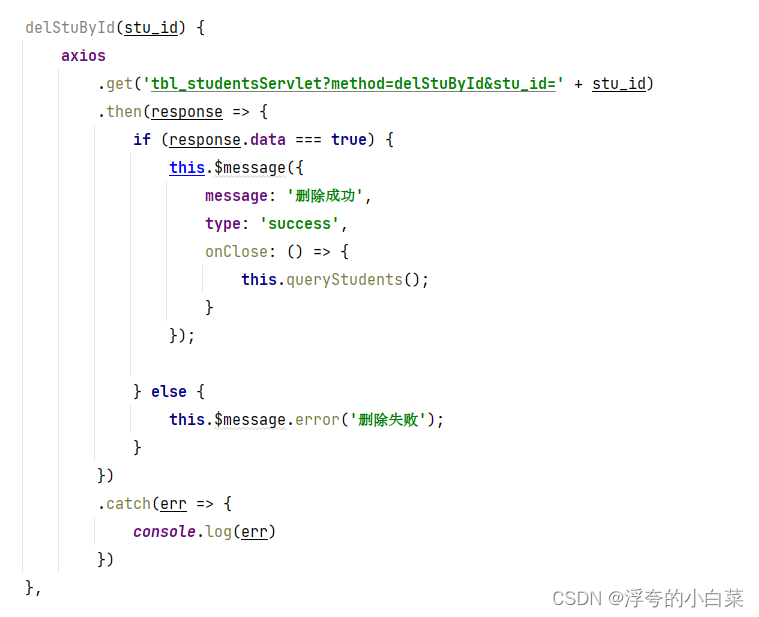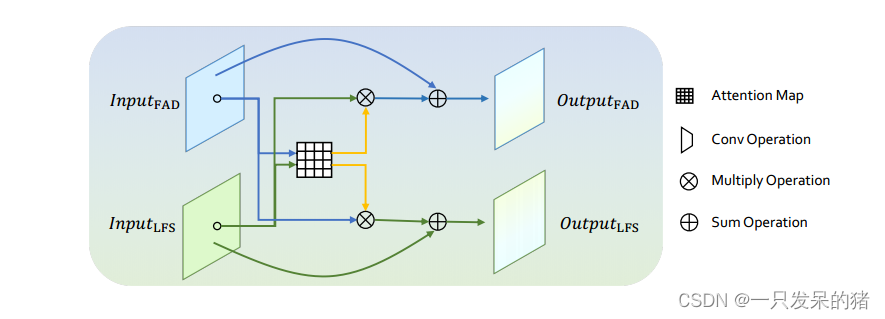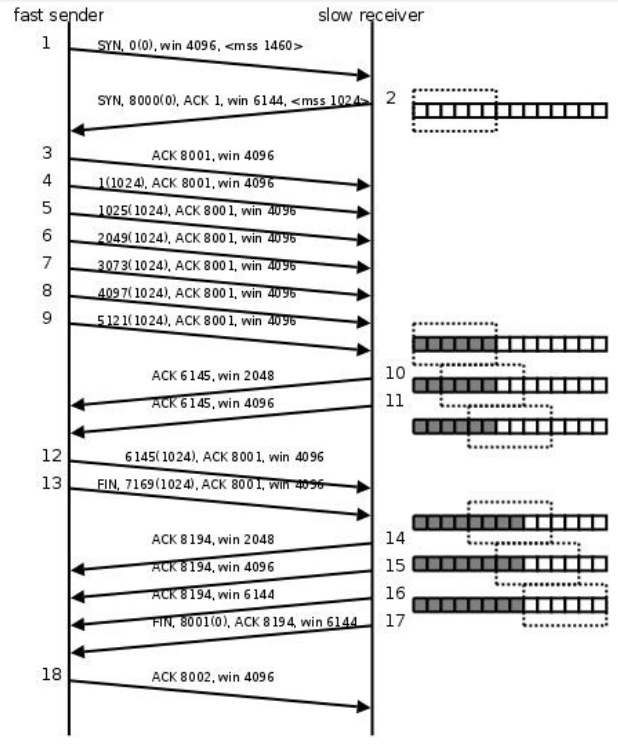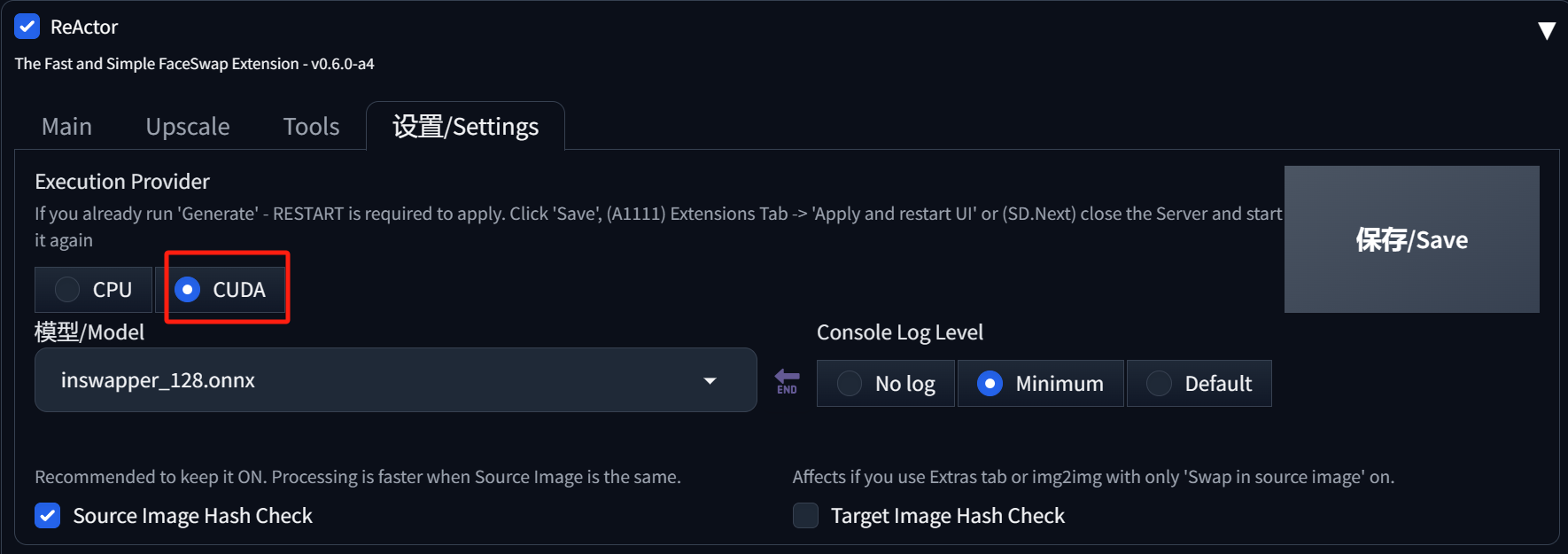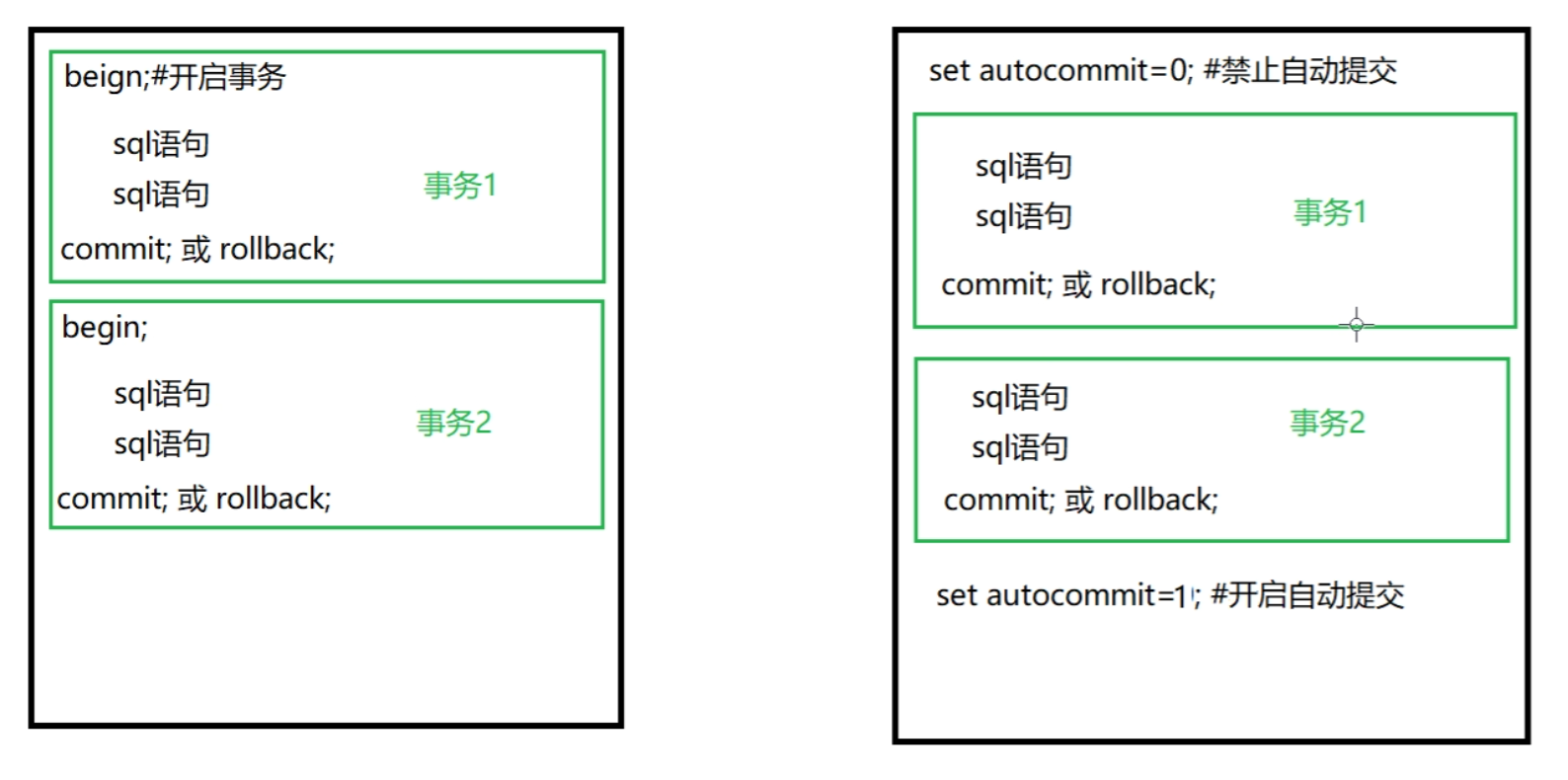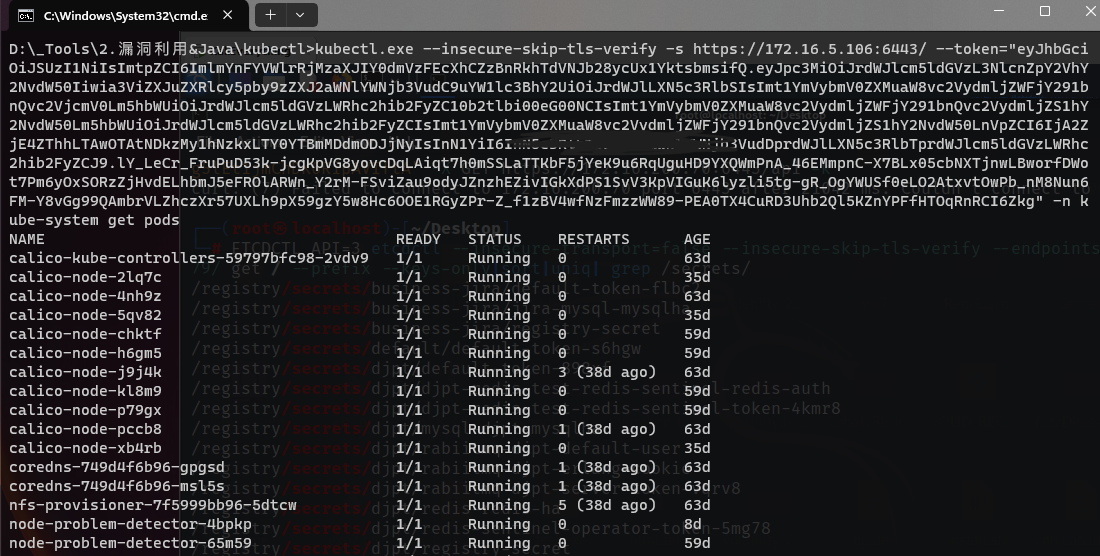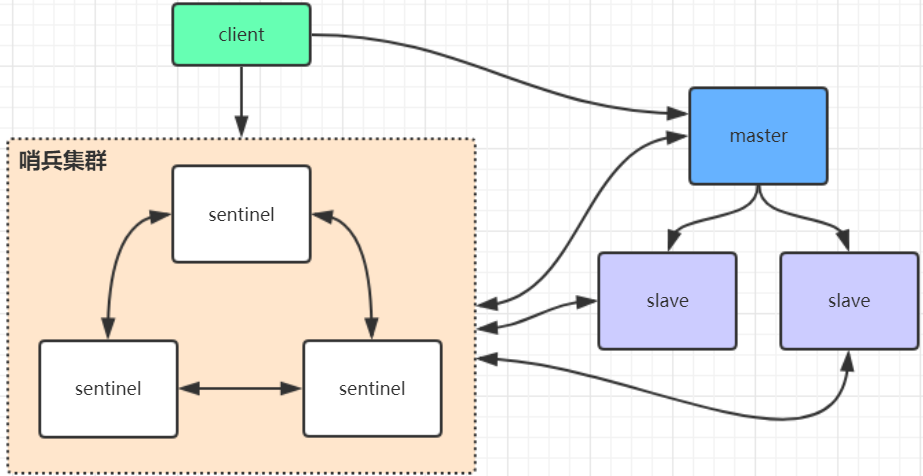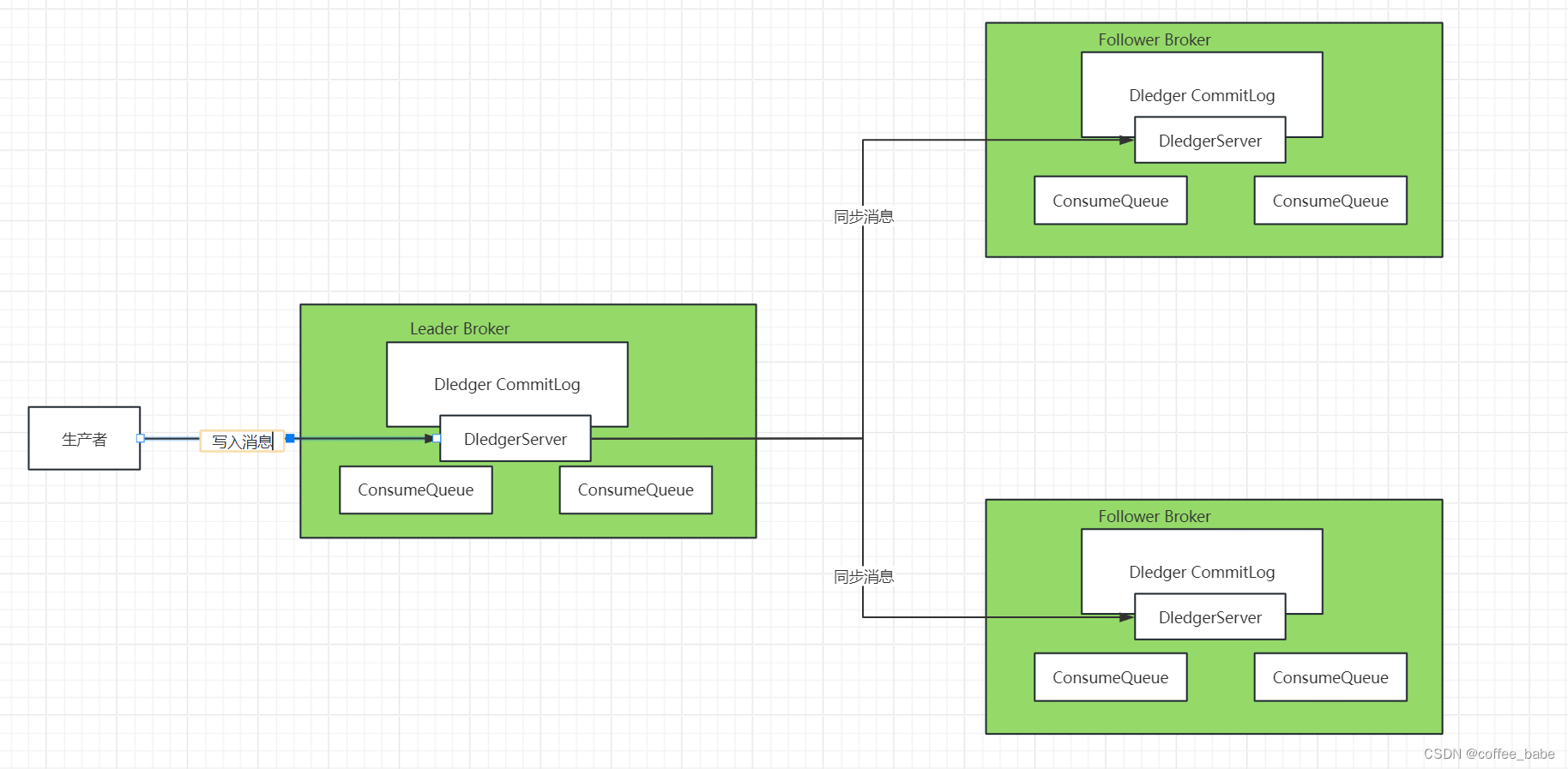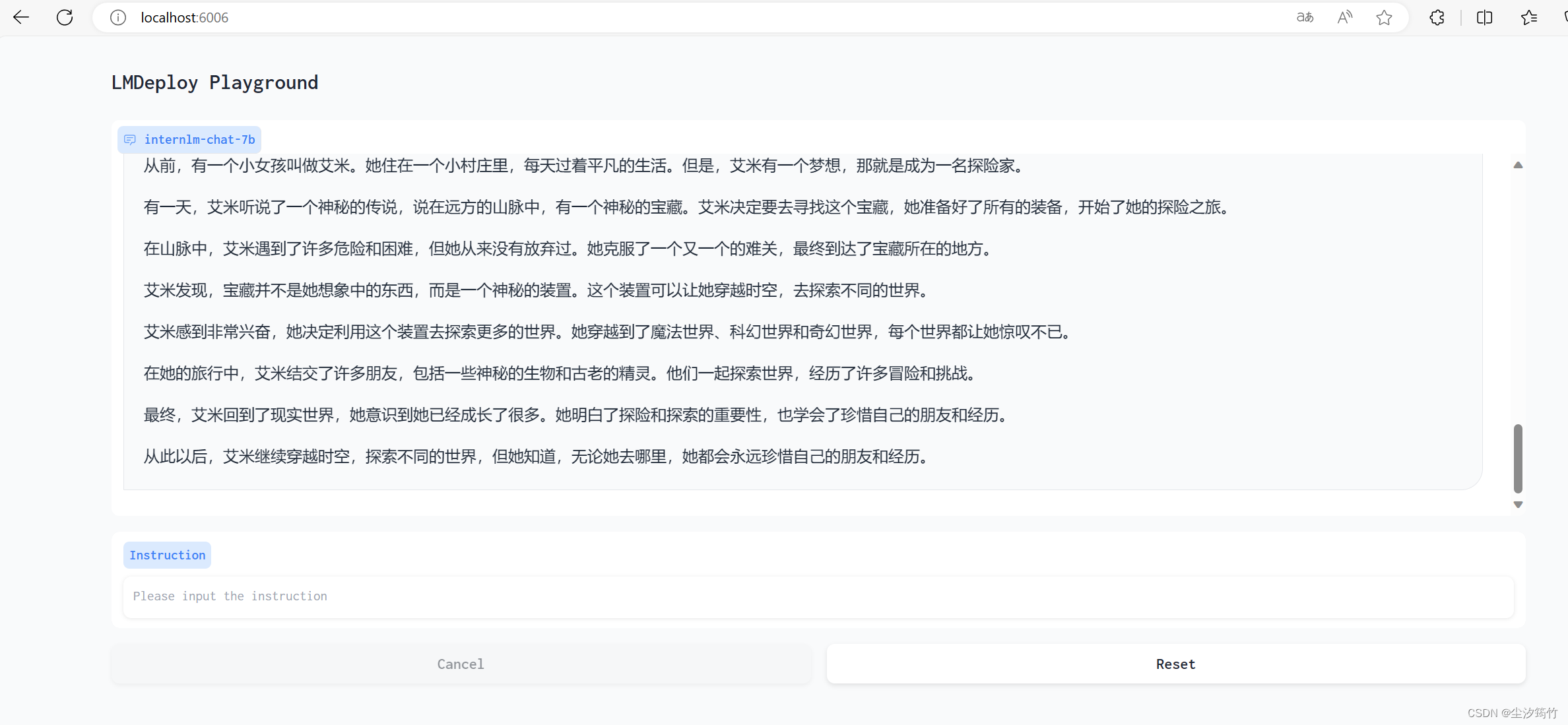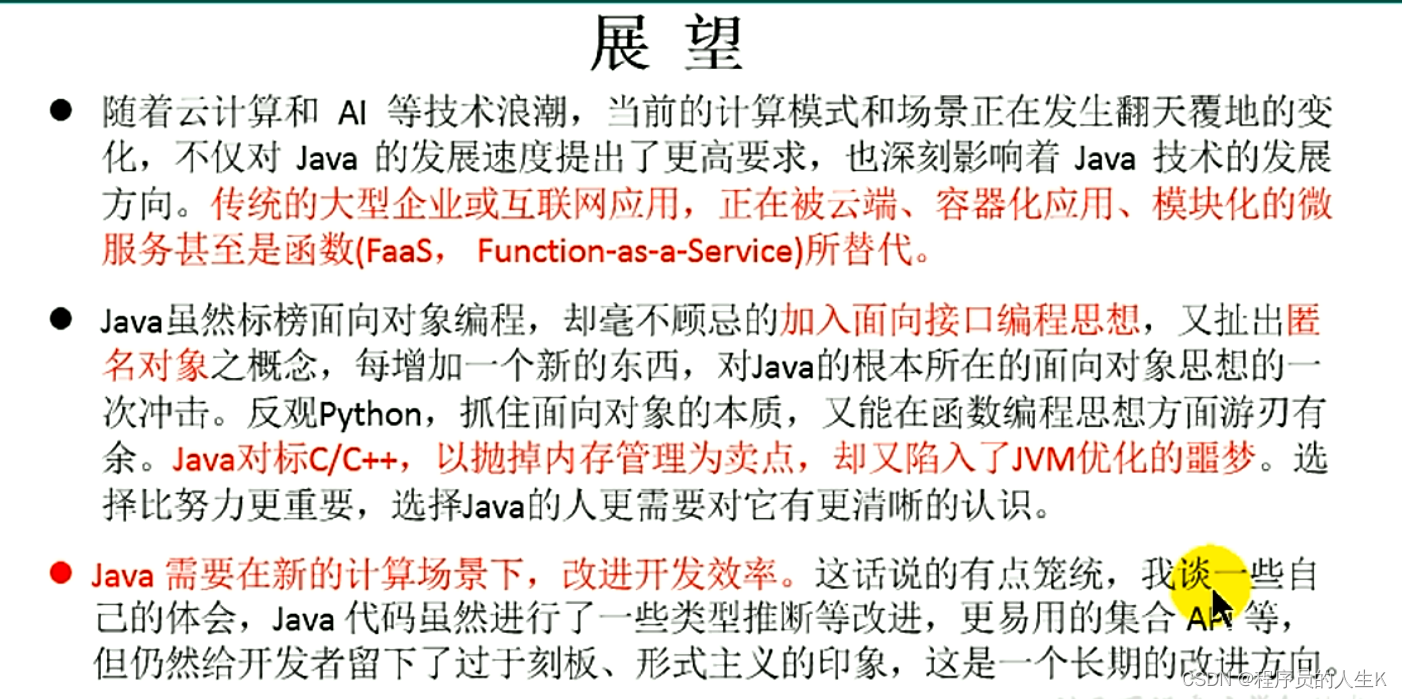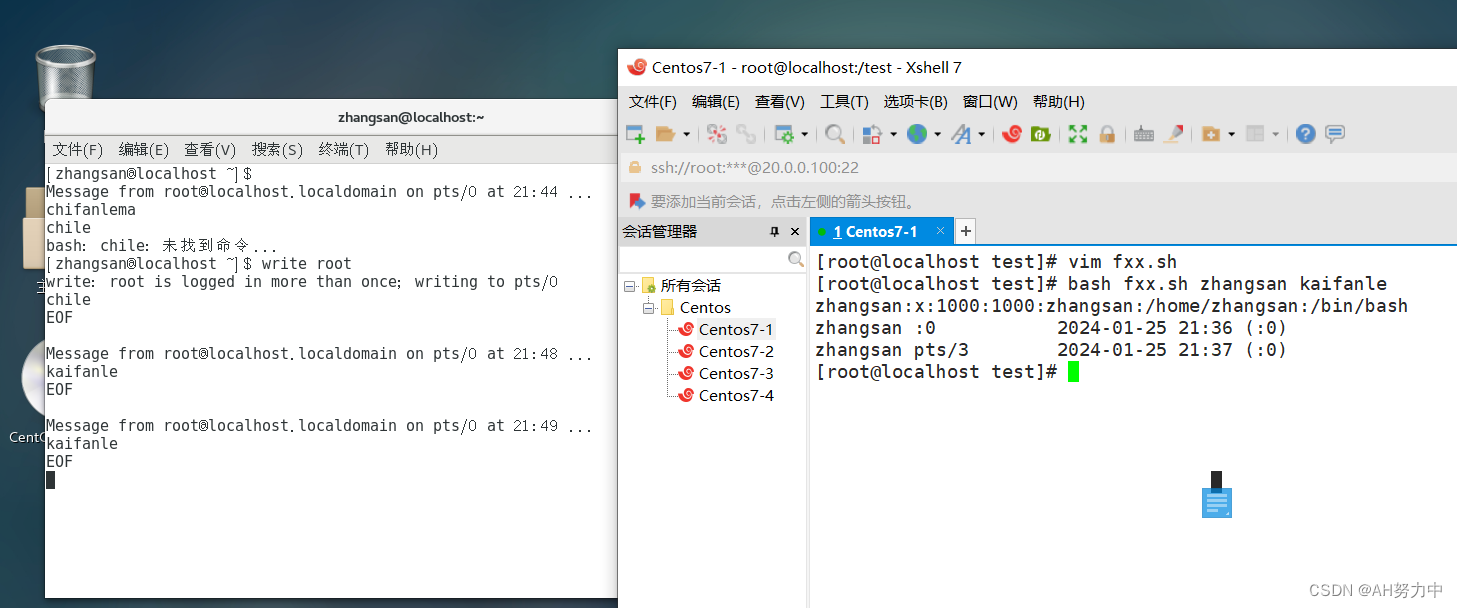多维时序 | Matlab实现DBO-BiLSTM蜣螂算法优化双向长短期记忆神经网络多变量时间序列预测
目录
- 多维时序 | Matlab实现DBO-BiLSTM蜣螂算法优化双向长短期记忆神经网络多变量时间序列预测
- 效果一览
- 基本介绍
- 程序设计
- 参考资料
效果一览







基本介绍
1.Matlab实现DBO-BiLSTM多变量时间序列预测,蜣螂算法优化双向长短期记忆神经网络;
蜣螂算法优化优化BiLSTM的学习率,隐藏层节点,正则化系数;
2.运行环境为Matlab2018b;
3.输入多个特征,输出单个变量,考虑历史特征的影响,多变量时间序列预测;
4.data为数据集,main.m为主程序,运行即可,所有文件放在一个文件夹;
5.命令窗口输出R2、MSE、MAE、MAPE和MBE多指标评价;
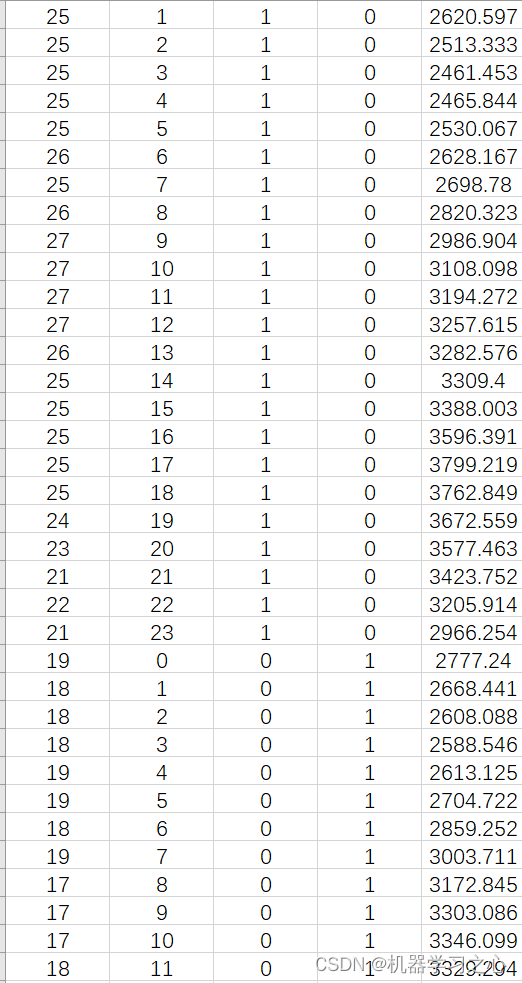

程序设计
- 完整程序和数据下载方式资源处下载:Matlab实现DBO-BiLSTM蜣螂算法优化双向长短期记忆神经网络多变量时间序列预测。
%% 优化算法参数设置
SearchAgents_no = 5; % 种群数量
Max_iteration = 8; % 最大迭代次数
dim = 3; % 优化参数个数
lb = [1e-4, 10, 1e-4]; % 参数取值下界(学习率,隐藏层节点,正则化系数)
ub = [1e-2, 30, 1e-1]; % 参数取值上界(学习率,隐藏层节点,正则化系数)
fitness = @(x)fical(x,p_train,t_train,f_);
[Best_score,Best_pos,Convergence_curve]=GA(SearchAgents_no,Max_iteration,lb ,ub,dim,fitness)
%% 记录最佳参数
Best_pos(1, 2) = round(Best_pos(1, 2));
best_lr = Best_pos(1, 1);
best_hd = Best_pos(1, 2);
best_l2 = Best_pos(1, 3);
%% 建立模型
% ---------------------- 修改模型结构时需对应修改fical.m中的模型结构 --------------------------
layers = [
sequenceInputLayer(f_) % 输入层
bilstmLayer(best_hd) % BiLSTM层
reluLayer % Relu激活层
fullyConnectedLayer(outdim) % 输出回归层
regressionLayer];
%% 参数设置
% ---------------------- 修改模型参数时需对应修改fical.m中的模型参数 --------------------------
options = trainingOptions('adam', ... % Adam 梯度下降算法
'MaxEpochs', 500, ... % 最大训练次数 500
'InitialLearnRate', best_lr, ... % 初始学习率 best_lr
'LearnRateSchedule', 'piecewise', ... % 学习率下降
'LearnRateDropFactor', 0.5, ... % 学习率下降因子 0.1
'LearnRateDropPeriod', 400, ... % 经过 400 次训练后 学习率为 best_lr * 0.5
'Shuffle', 'every-epoch', ... % 每次训练打乱数据集
'ValidationPatience', Inf, ... % 关闭验证
'L2Regularization', best_l2, ... % 正则化参数
'Plots', 'training-progress', ... % 画出曲线
'Verbose', false);
%% 训练模型
net = trainNetwork(p_train, t_train, layers, options);
%% 仿真验证
t_sim1 = predict(net, p_train);
t_sim2 = predict(net, p_test );
%% 数据反归一化
T_sim1 = mapminmax('reverse', t_sim1, ps_output);
T_sim2 = mapminmax('reverse', t_sim2, ps_output);
T_sim1=double(T_sim1);
T_sim2=double(T_sim2);
pFit = fit;
pX = x;
XX=pX;
[ fMin, bestI ] = min( fit ); % fMin denotes the global optimum fitness value
bestX = x( bestI, : ); % bestX denotes the global optimum position corresponding to fMin
% Start updating the solutions.
for t = 1 : M
[fmax,B]=max(fit);
worse= x(B,:);
r2=rand(1);
%%%%%%%%%%%%%%%%%%%%%%%%%%%%%%%%%%%%%%%%%%%%%%%%%%%%%%%%%%%%%%%%%%%%%%%%%%%%%%%%
for i = 1 : pNum
if(r2<0.9)
r1=rand(1);
a=rand(1,1);
if (a>0.1)
a=1;
else
a=-1;
end
x( i , : ) = pX( i , :)+0.3*abs(pX(i , : )-worse)+a*0.1*(XX( i , :)); % Equation (1)
else
aaa= randperm(180,1);
if ( aaa==0 ||aaa==90 ||aaa==180 )
x( i , : ) = pX( i , :);
end
theta= aaa*pi/180;
x( i , : ) = pX( i , :)+tan(theta).*abs(pX(i , : )-XX( i , :)); % Equation (2)
end
x( i , : ) = Bounds( x(i , : ), lb, ub );
fit( i ) = fobj( x(i , : ) );
end
[ fMMin, bestII ] = min( fit ); % fMin denotes the current optimum fitness value
bestXX = x( bestII, : ); % bestXX denotes the current optimum position
R=1-t/M; %
%%%%%%%%%%%%%%%%%%%%%%%%%%%%%%%%%%%%%%%%%%%%%%%%%%%%%%%%%%%%%%%%%%%%%%%%%%%%%%%%
Xnew1 = bestXX.*(1-R);
Xnew2 =bestXX.*(1+R); %%% Equation (3)
Xnew1= Bounds( Xnew1, lb, ub );
Xnew2 = Bounds( Xnew2, lb, ub );
%%%%%%%%%%%%%%%%%%%%%%%%%%%%%%%%%%%%%%%%%%%%%%%%%%%%%%%%%%%%%%%%%%
Xnew11 = bestX.*(1-R);
Xnew22 =bestX.*(1+R); %%% Equation (5)
Xnew11= Bounds( Xnew11, lb, ub );
Xnew22 = Bounds( Xnew22, lb, ub );
%%%%%%%%%%%%%%%%%%%%%%%%%%%%%%%%%%%%%%%%%%%%%%%%%%%%%%%%%%%%%%%%%%%%%%%%
for i = ( pNum + 1 ) :12 % Equation (4)
参考资料
[1] https://blog.csdn.net/kjm13182345320/article/details/129215161
[2] https://blog.csdn.net/kjm13182345320/article/details/128105718

